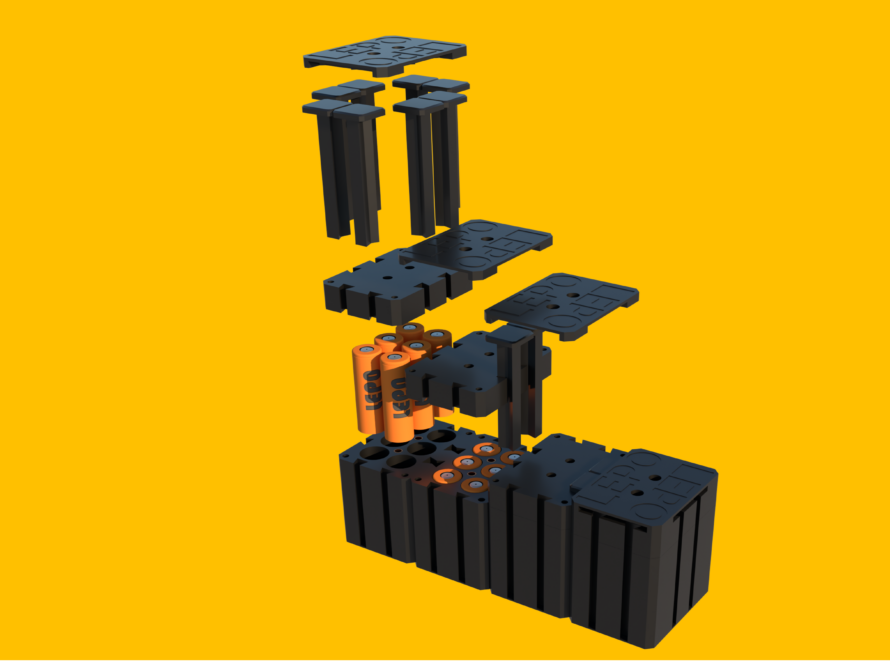In the realm of energy storage, the spotlight has long been on lithium batteries, unveiling their dark side regarding environmental impact. Yet, a surprising revelation lies beneath the surface — more than 60% of stationary energy storage still relies on lead-acid batteries, a technology with a century-old legacy that echoes both historical triumphs and alarming environmental consequences.
Lead-Acid Batteries: A Lingering Dilemma
Since their inception in 1859, lead-acid batteries have held sway over the energy storage landscape, finding application in a myriad of settings, from small-scale grid systems to electronic device backups. However, their longevity comes at a hefty cost, predominantly due to their inherent toxicity. The improper disposal of lead, classified as a hazardous substance, poses a dual threat to both human health and the environment.

Mining and processing of lead contribute to soil degradation, air and water pollution, and the emission of greenhouse gases. The repercussions of lead exposure extend to mass lead poisoning and tragic deaths, particularly affecting young children in regions such as Nigeria and Senegal. Lead, a cumulative toxicant, wreaks havoc on multiple body systems, with a heightened impact on developing fetuses. Unlike other metals, there is no known safe level of lead exposure.
Environmental Impact Unveiled
The environmental toll of lead-acid batteries is further accentuated by a higher carbon footprint compared to their lithium-ion counterparts. According to the European Commission, the production of lithium-ion batteries registers a carbon footprint of 50-60 kg CO2eq per kWh, significantly dwarfing the 150-200 kg CO2eq per kWh of lead-acid batteries.

Lead-Acid Dominance Persists
Despite these glaring limitations, lead-acid batteries continue to wield dominance in the energy storage sector, constituting approximately 60% of global energy storage capacity in 2020, as per the International Energy Agency. Proponents argue that their reliability, steeped in a rich history of backup power applications, and their well-established technology contribute to their continued prevalence. The claim extends to their high cycle life, allowing for repeated discharging and recharging without significant degradation.
Lithium-ion vs. Lead-Acid: Technical Face-Off
A side-by-side technical comparison between lithium-ion and lead-acid batteries underscores the latter’s seeming obsolescence. Lithium-ion batteries outshine their lead-acid counterparts in multiple aspects:
Energy Density
Lithium-ion batteries boast a higher energy density, translating to the ability to store more energy in the same footprint. This makes them a superior choice for applications with limited space, such as stationary storage systems.
Efficiency
Lithium-ion batteries exhibit higher efficiency, converting a greater percentage of stored energy into usable electricity. With efficiency levels reaching at least 95%, they outperform lead-acid batteries, which typically hover around 80-85%.
Cycle Life
Lithium-ion batteries emerge as the undisputed victors in cycle life, capable of enduring ten times more cycles than their lead-acid counterparts under similar conditions. This durability makes them ideal for frequently cycled stationary storage systems.
Maintenance and Safety
Lithium-ion batteries demand minimal maintenance, reducing associated costs and enhancing system reliability. Moreover, they are deemed safer than lead-acid batteries, exhibiting lower susceptibility to overheating and thermal runaway, thereby mitigating the risk of fires or explosions.

The Unyielding Grip of Lead-Acid: Why?
Intriguingly, the key factor sustaining the supremacy of lead-acid batteries is their cost-effectiveness. Composed of readily available and inexpensive materials like lead, their manufacturing process has undergone refinement over decades, allowing for efficient and low-cost production. Moreover, lead-acid batteries boast a commendable recycling rate, with approximately 99% recycled in the United States in 2020.
In stark contrast, lithium-ion batteries, being a newer technology, grapple with a higher price tag and a lower recycling rate. In the European Union, the recycling rate for lithium-ion batteries languished at a mere 5% in 2020, plagued by the complexity of battery chemistry and the absence of robust recycling infrastructure.
A Beacon of Change: LEPO
As the scales tip in favour of lithium-ion batteries, a revolutionary player enters the stage — LEPO, the first reusable wire-free battery. A game-changer, LEPO aims to level the playing field, allowing lithium-ion batteries to compete fiercely with lead-acid counterparts.

In conclusion, the narrative of energy storage is at a crossroads. While the dark shadows of lead-acid batteries persist, the glimmers of change heralded by advanced technologies such as LEPO promise a more sustainable and environmentally conscious future. The dichotomy between the old and the new, the toxic and the innovative, continues to shape the evolving landscape of energy storage.
Add at least one item


